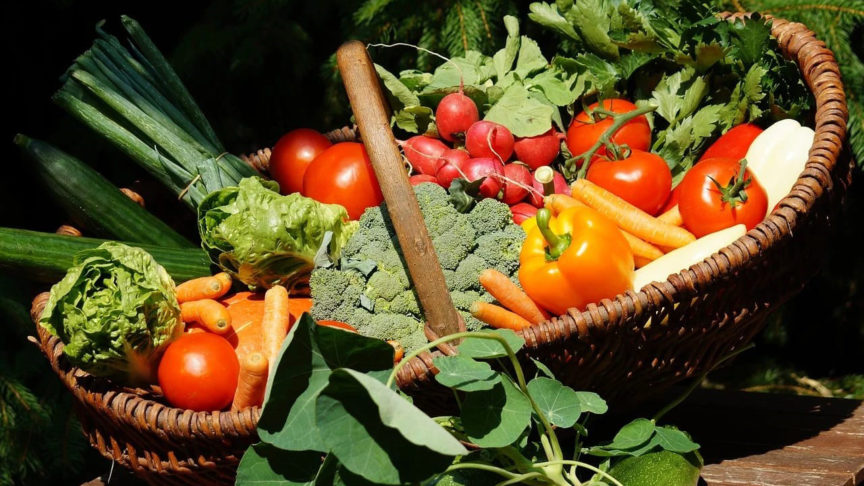With the first rays of sunshine or at the latest with the end of the last night frosts, it is time to spruce up the garden. In rural areas, it has long been a tradition and now as urban gardening in the city areas, it is a trend that brings a great amount of joy. Regional vegetables and growing them yourself are excellent sources of fresh food with short transport routes. In addition to this, gardening can be a very diverse balance for the stressful everyday life, and the unique environment can serve to be a relaxation oasis.
Give and take
With the first grass-cut and the last night frost, it is time for planting! As a result of this, we also begin removing nutrients from the garden. Alongside water, light and carbon plants require essential nutrient elements. It is important to replenish these in the soil. Blossoming crops mainly demand nutrients until they are in full bloom, after this they only absorb a restricted amount of minerals. Prompt fertilisation is therefore crucial for the best possible, long-running blossoming garden splendour. A simple rule: the greater the growth, the more nutrients are required. Optimal supply of nutrients consists of an interaction between acidic-effect fertilisers and an adapted liming.
It pays to look closely!
The diversity of already present and wild sprouting herbs and grasses can provide us with a lot of information about the soil’s condition and needs. Above all, the so-called indicator plants can be versatile indicators. Among others, for the nutrient content, pH value, compaction or dryness. A classic for a nitrogen deficiency is amaranth and stinging nettles are an indication of a surplus. Should these indicator plants clearly, increasingly emerge, a countermeasure should be implemented.
However, it is worth knowing that even the colour reaction of some flowers, such as those of the hydrangea or rhododendron, can indicate acidic content in the soil. With a very neutral pH value, the hydrangea is ablaze with pink. With increasing acidification, the flower turns blue.
Fertiliser recommendation
The fertiliser not only positively influences the vitality, quality and yield formation, however it can also change the diversity and appearance of our garden. An overview for support



